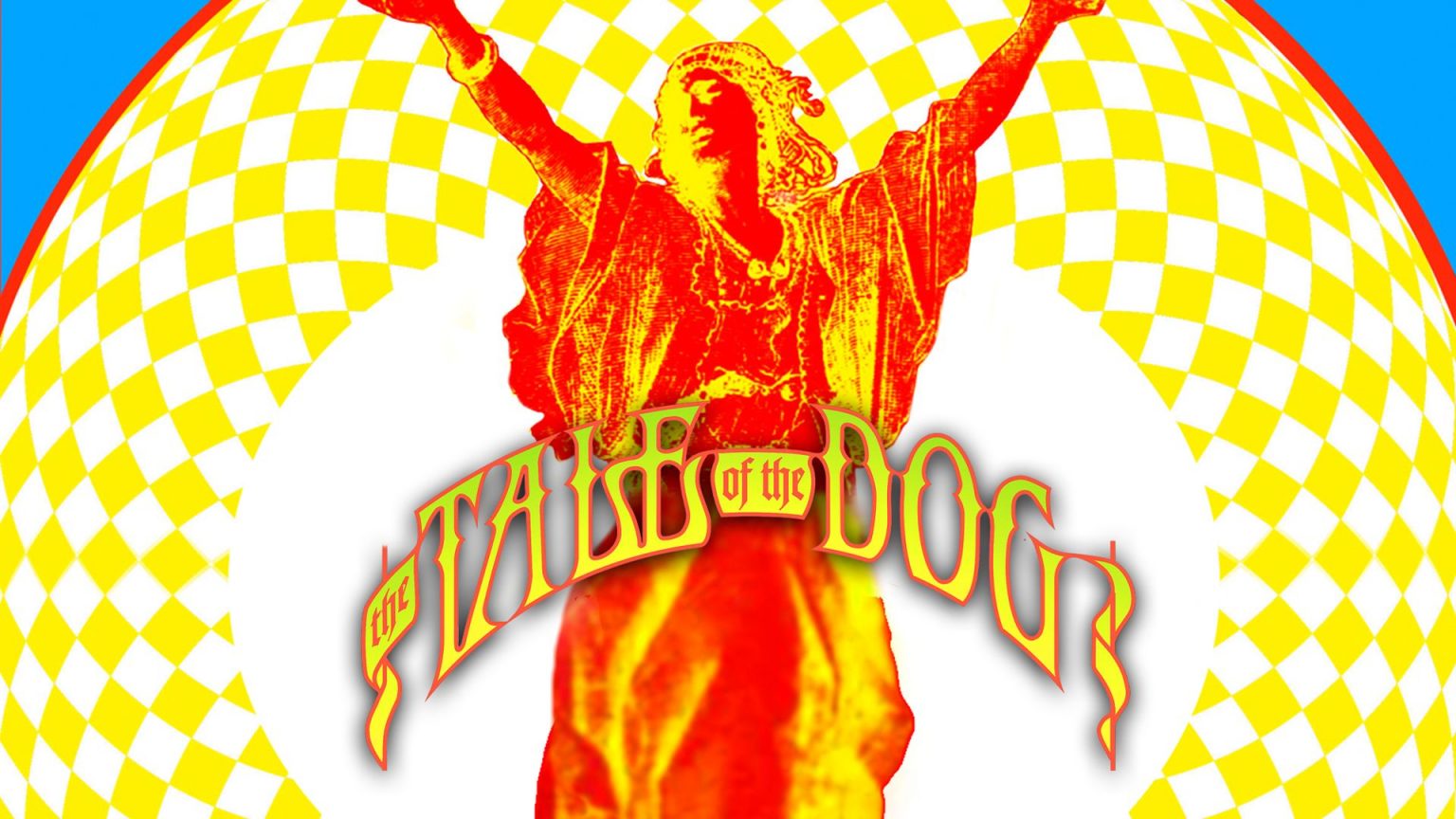How important was The Family Dog in the general scheme of the 1960s rock revolution? Fairly important, it seems. There’s no footage of the legendary Denver concert venue, and no recordings, but in its brief existence it was a microcosm of America in 1967. It is impossible for a documentary to capture the essence of a place when there’s no evidence of it having ever existed, save for some splashy poster art and the memories of people who were there, but Dan Obarsky and Scott Montgomery give it hell. Which is why The Tale of the Dog (2020) is a good little movie. Obarsky and Montgomery take a stroll through the venue’s glory days, giving us a week by week reconstruction of events, from the time Chuck Berry demanded his cash payment up front, to the time members of Canned Heat were busted for marijuana, to when Janis Joplin made audience members cry with her heated up blues. These rock acts must’ve seemed like alien forces to straitlaced Denver, and the former Denver cops who are interviewed here can’t hide the disdainful sneer as they recall the place and time. Cultural icons? A feeling of togetherness? No, these redneck coppers think of those kids and their musical heroes as a bunch of stupid brats. The hippies, now in their 70s or so, still seem afraid as they remember the intimidating detectives who stalked the venue. The hatred and distrust between the squares and the freaks didn’t evaporate with time. Rock music couldn’t squash it.
Obarsky and Montgomery are smart to focus on the artists who designed the posters that advertised the events, giving them time to explain their work. There is still joy in their voices as they recount stumbling across an old postcard or art print they might use, shooting it through with new light and color, bridging the gap between classical imagery and psychedelic silliness. Some of the posters are indeed beautiful and, in a way, reflect what that entire era of music was about, as bands from the Grateful Dead to The Doors took creaky old riffs and siphoned them through the electronic era. The poster artists seem to have maintained their joy, still recalling their colorful work with pride and a bit of astonishment.
All of these memories make for a lovely riff of a movie. Does the glow of old concert posters and hippie nostalgia make up for the eventual disasters that befell The Family Dog and caused its closing after less than a year? That’s a tough call. Perhaps you had to be there, with the music and lights hitting you and carrying you away, making it feel as if the universe was unfolding before your eyes and ears. As one old Denverite says, “If there’s a heaven, there’s a Family Dog in it.”




